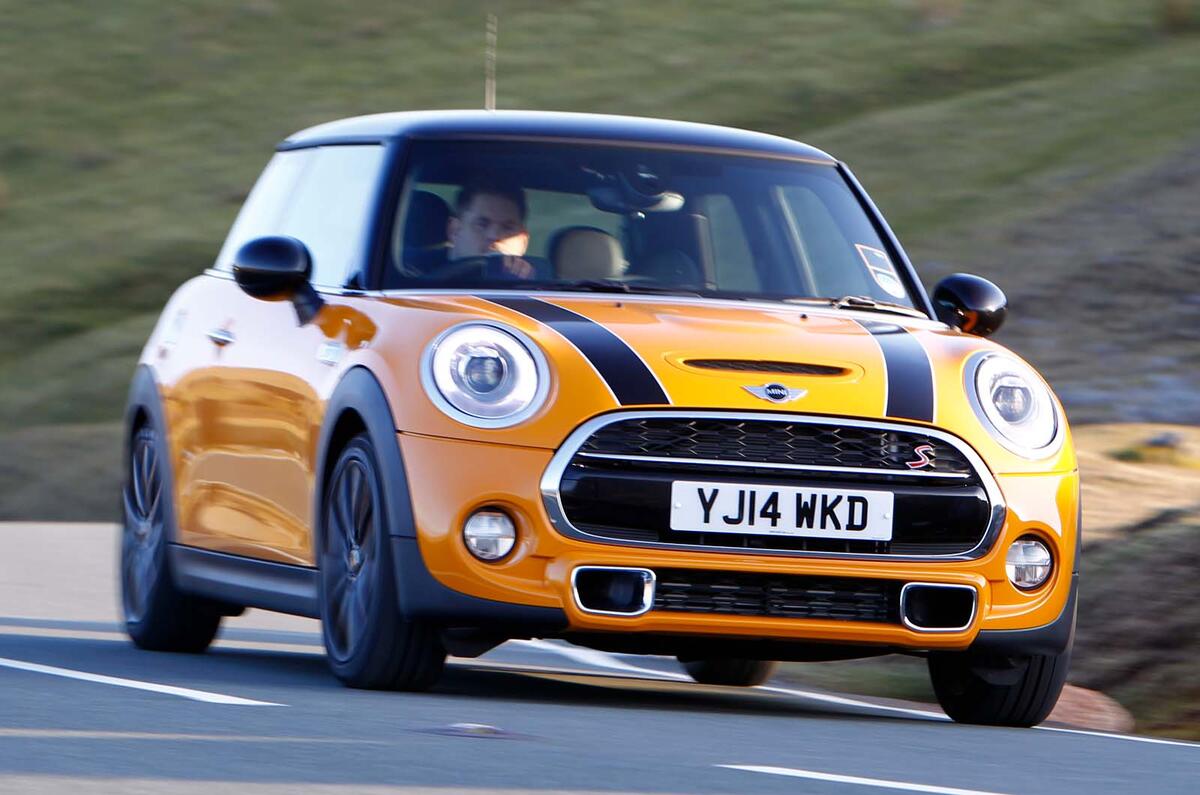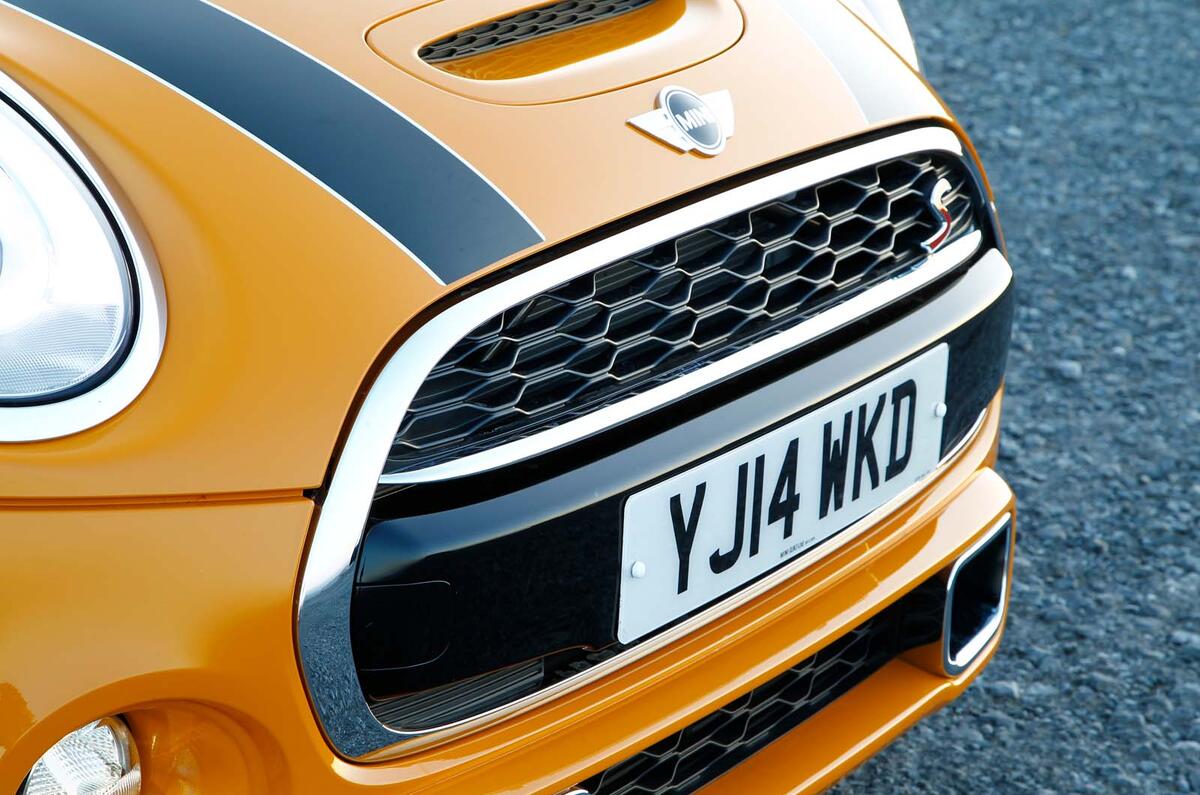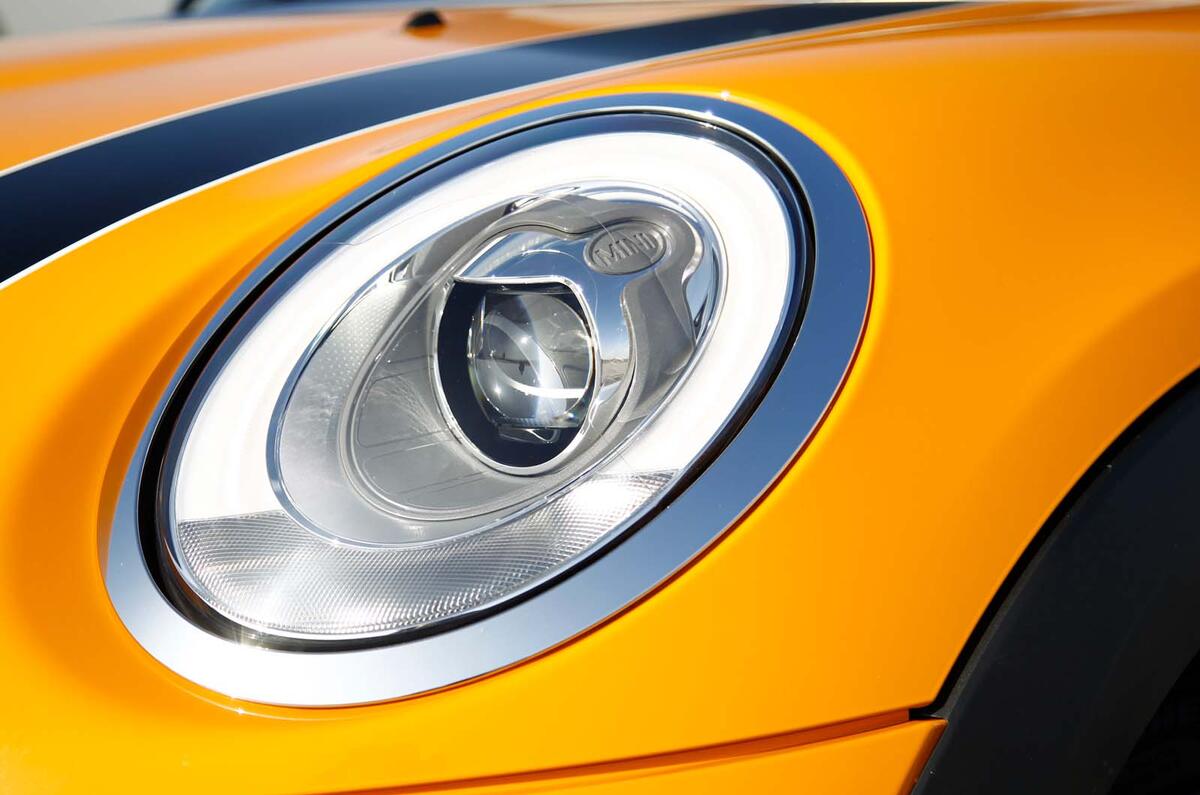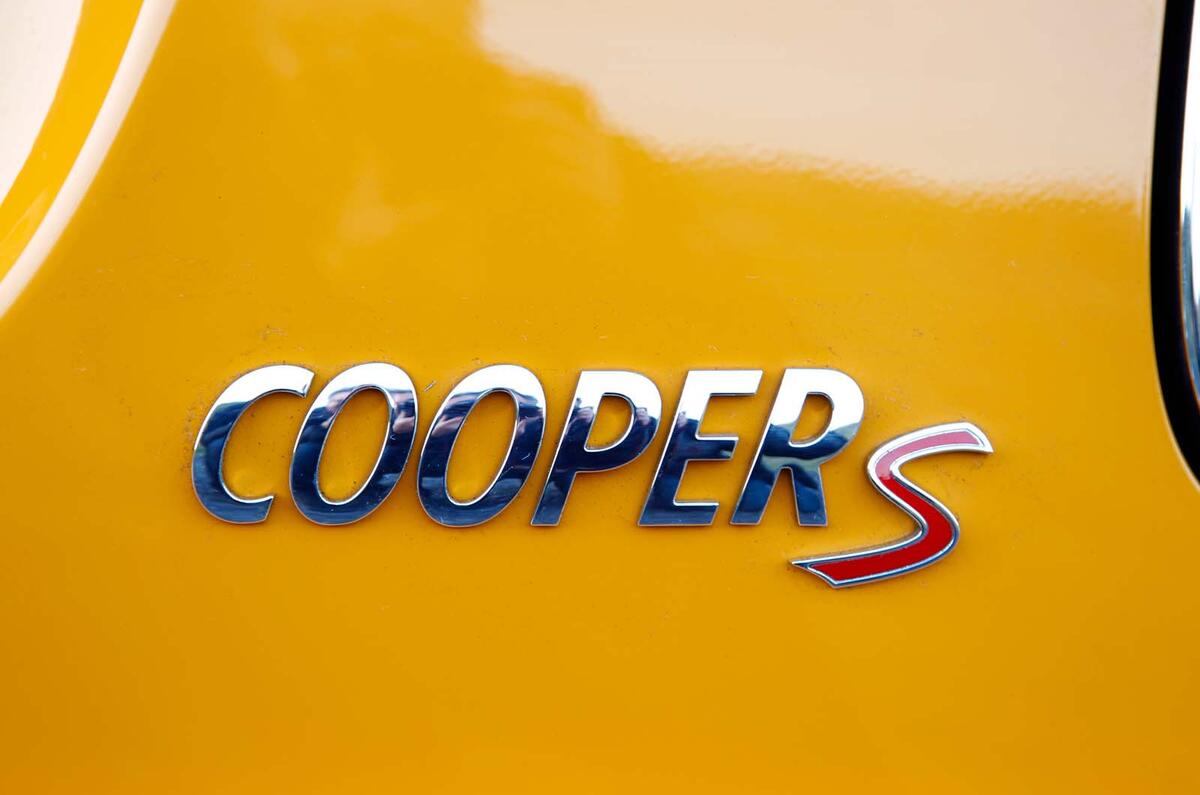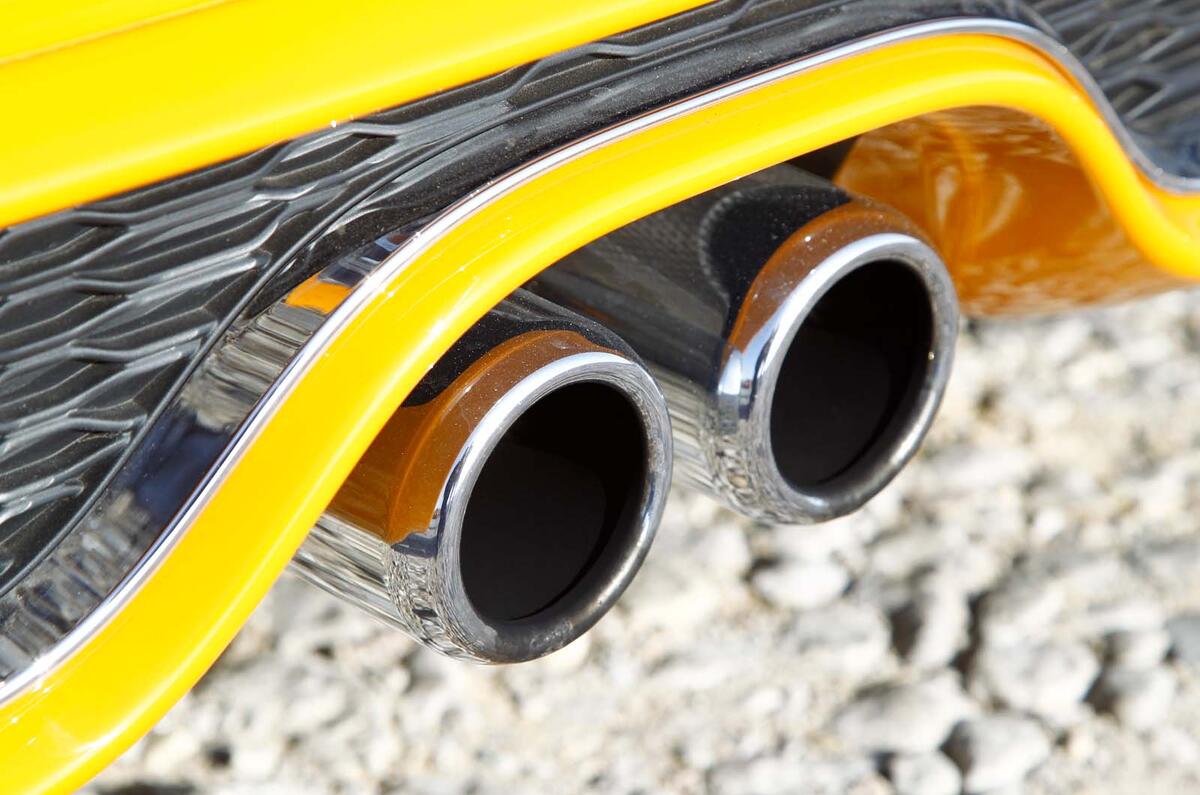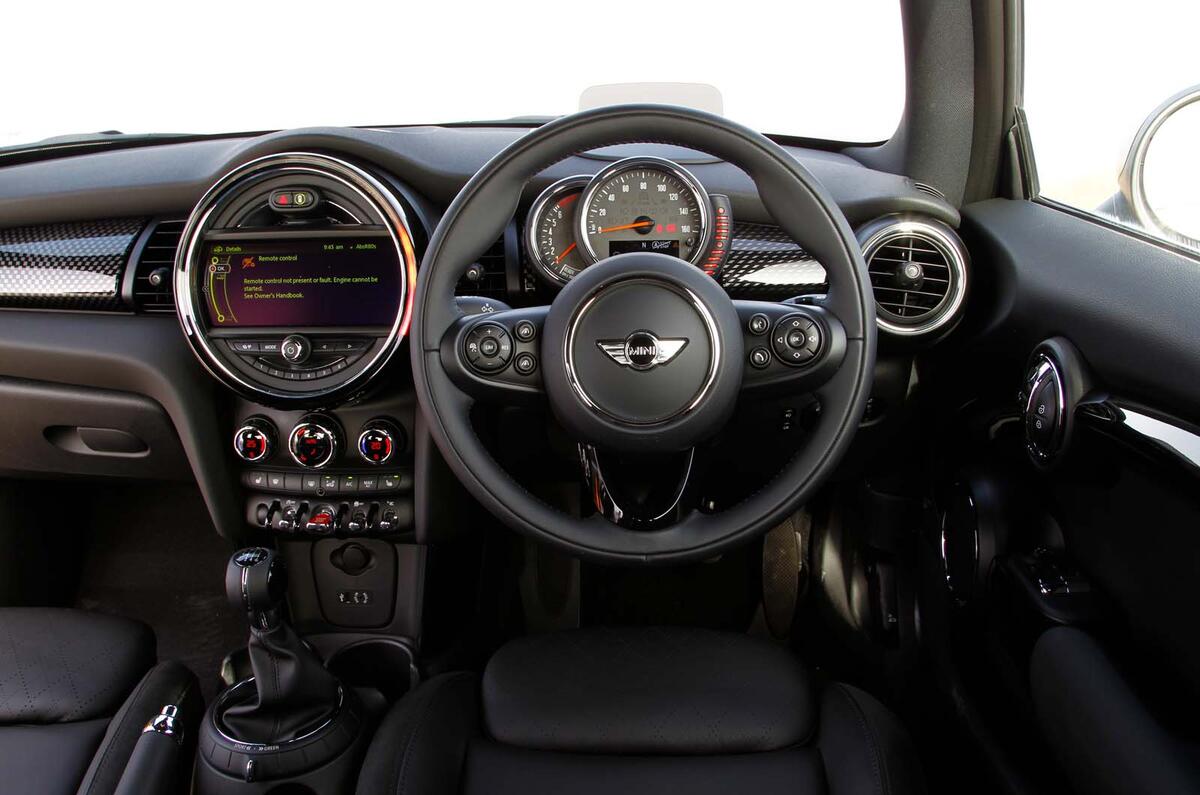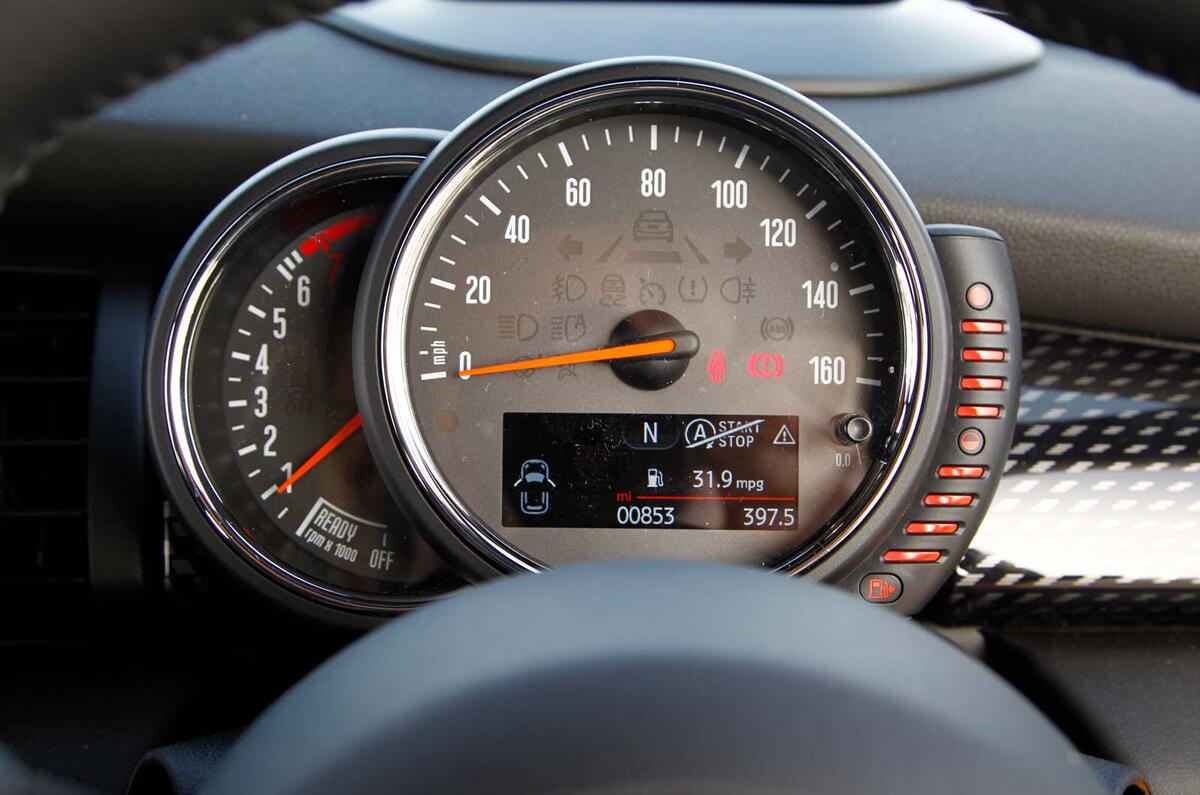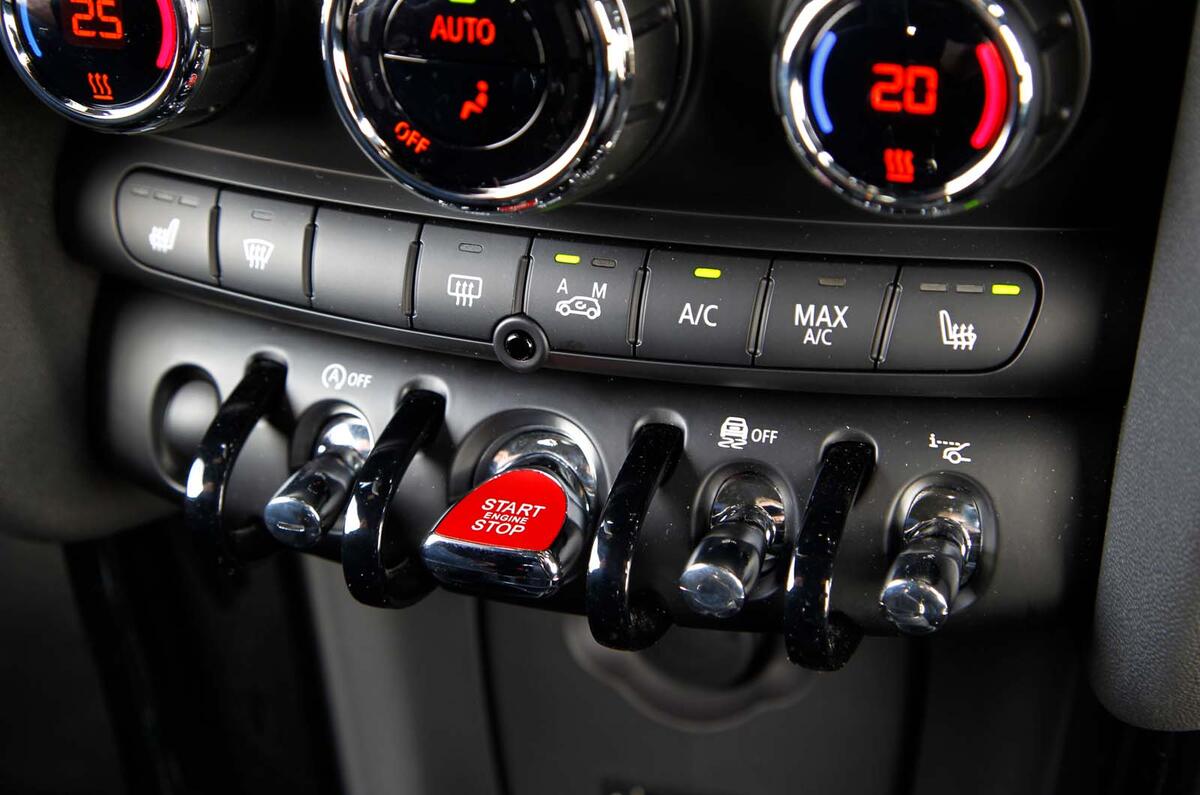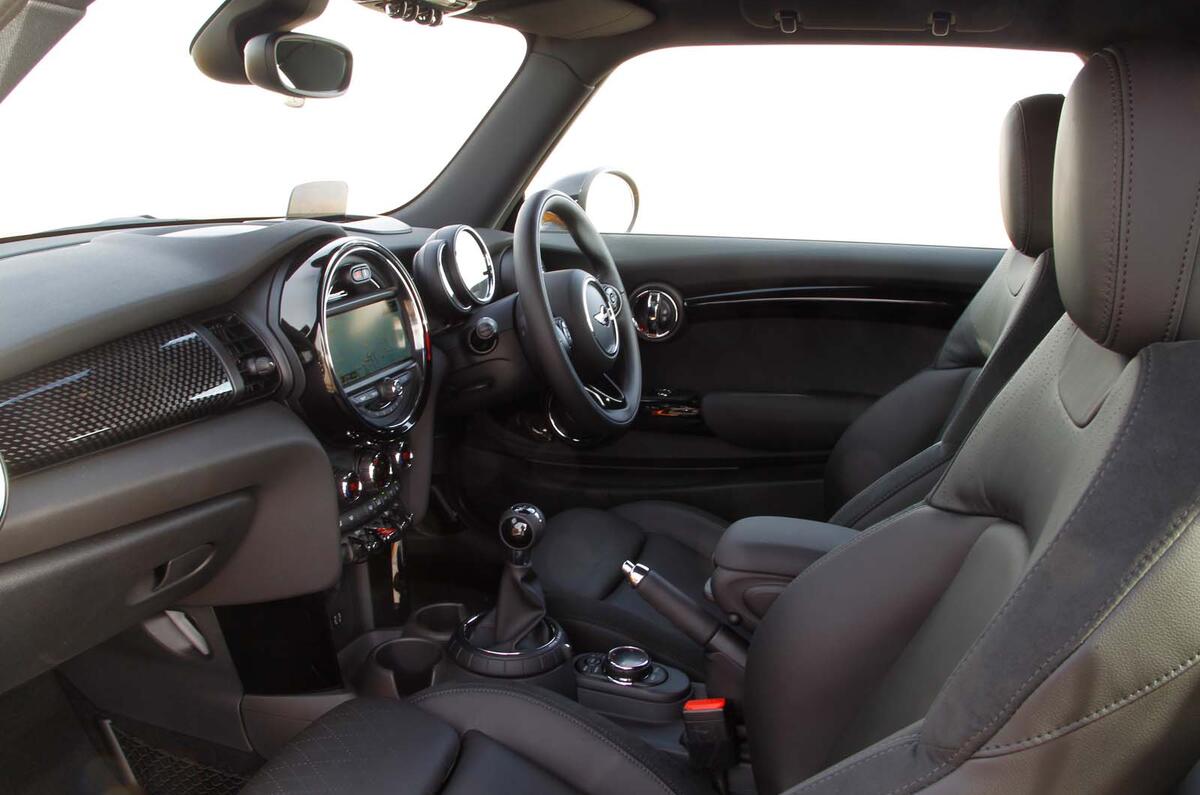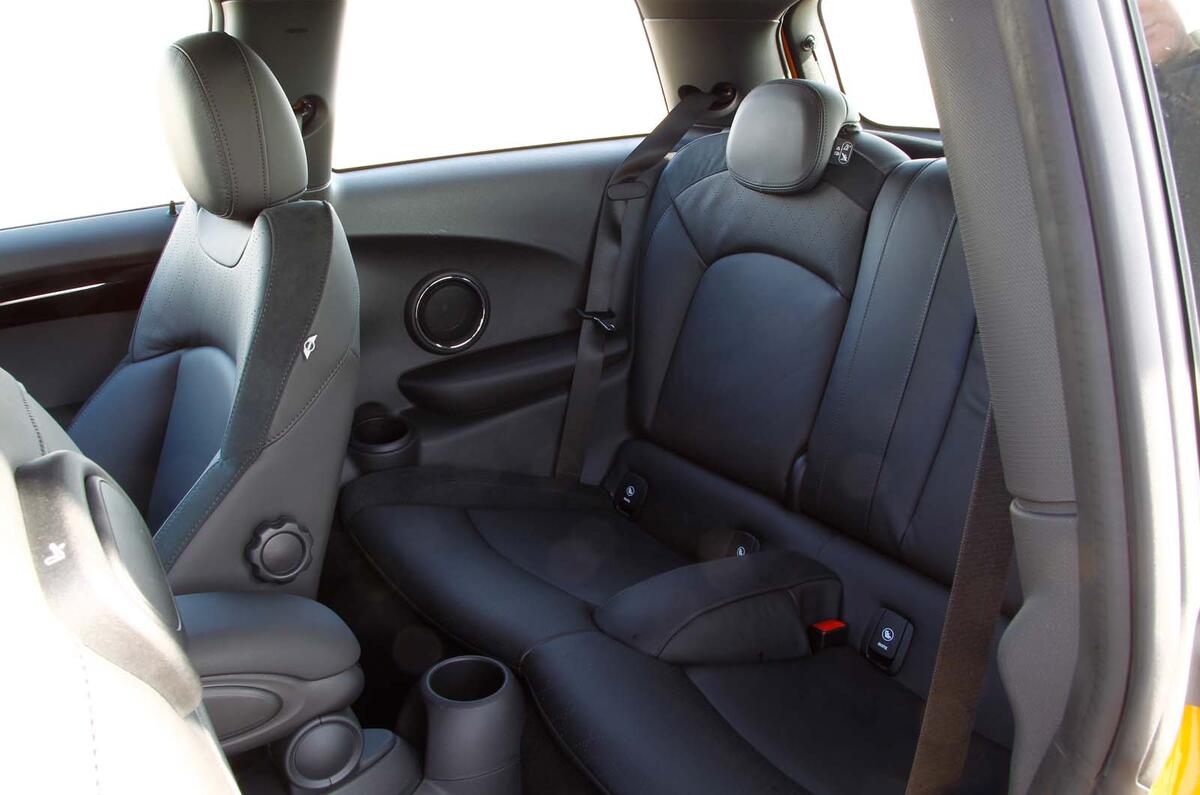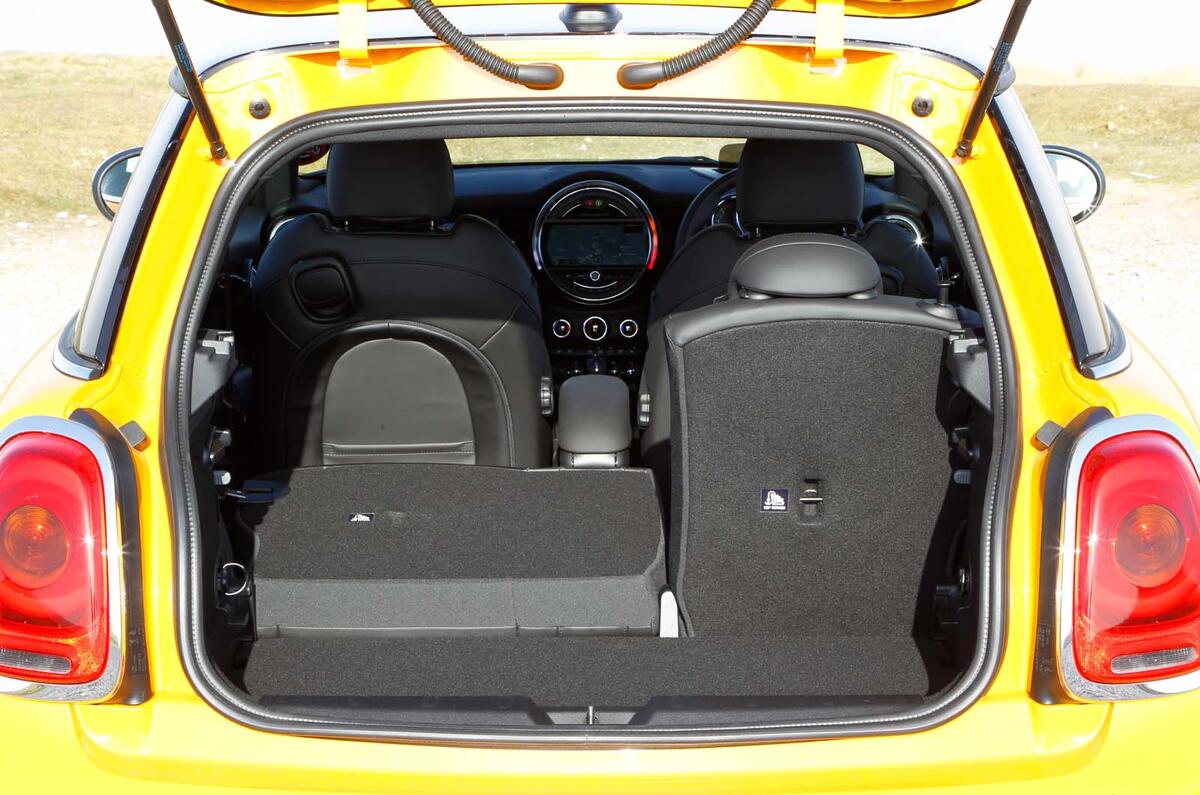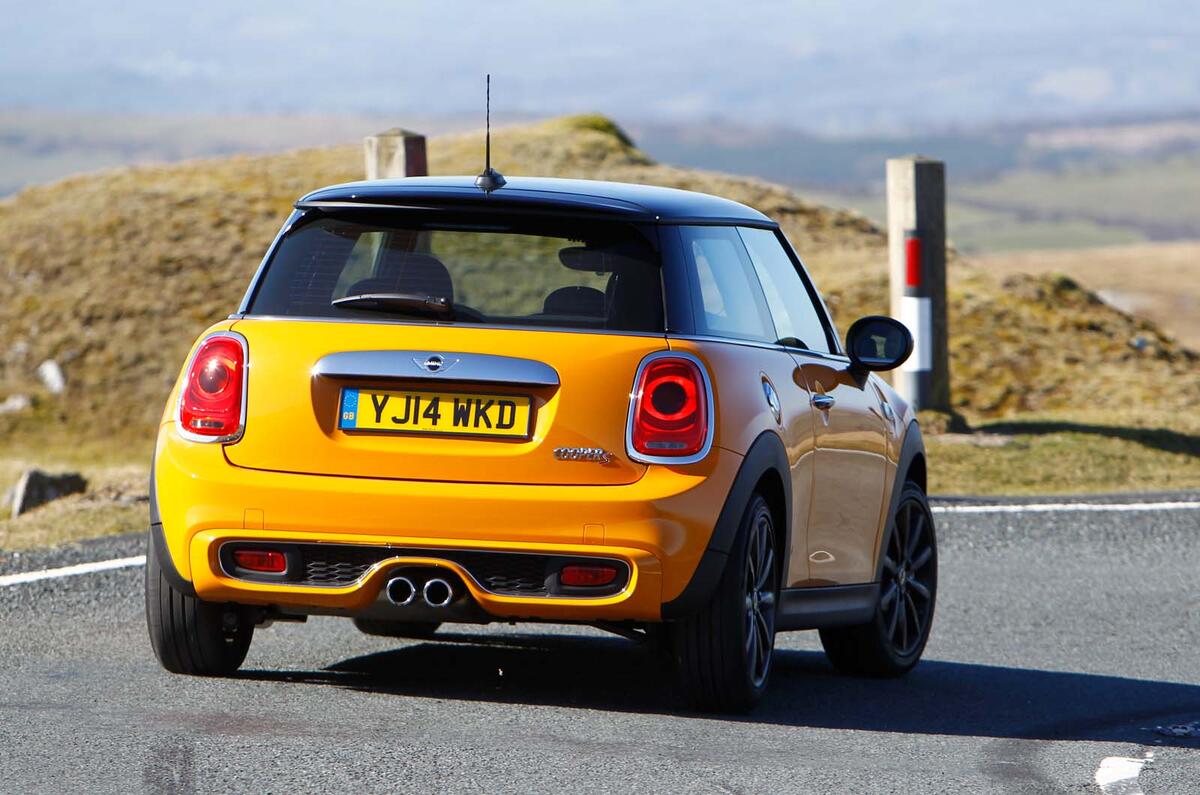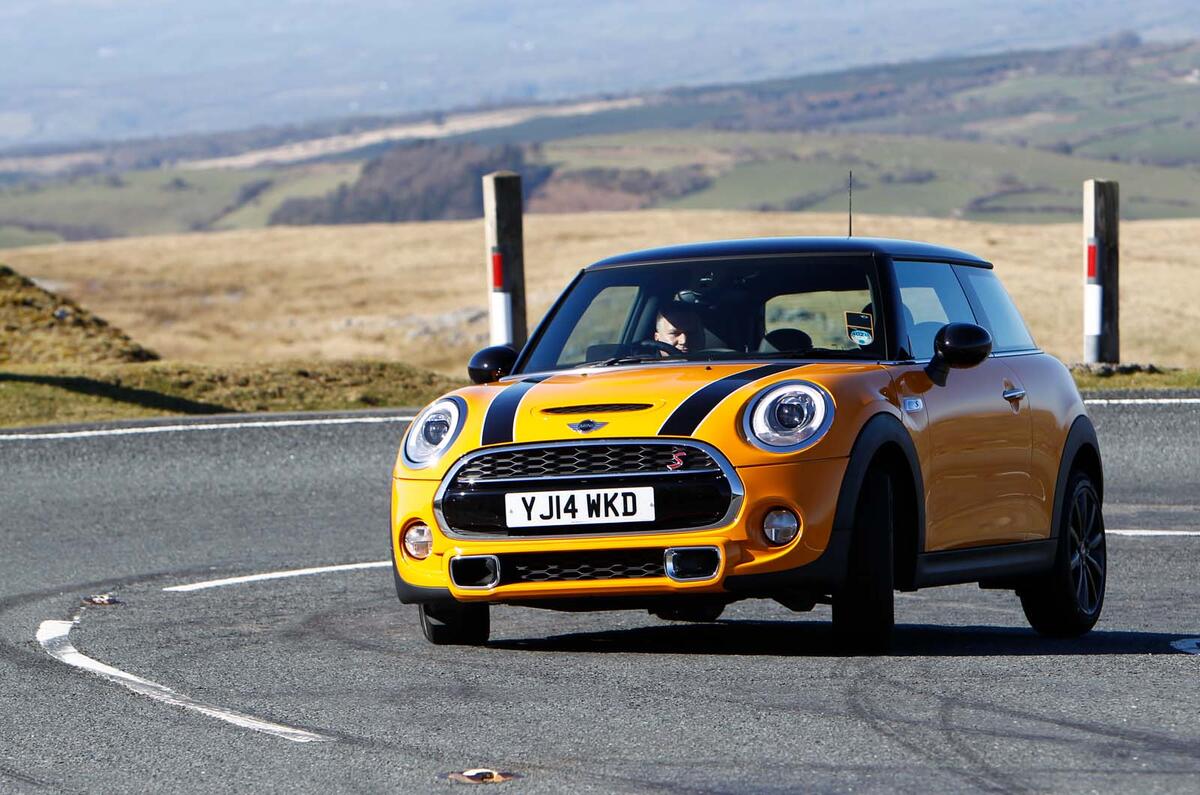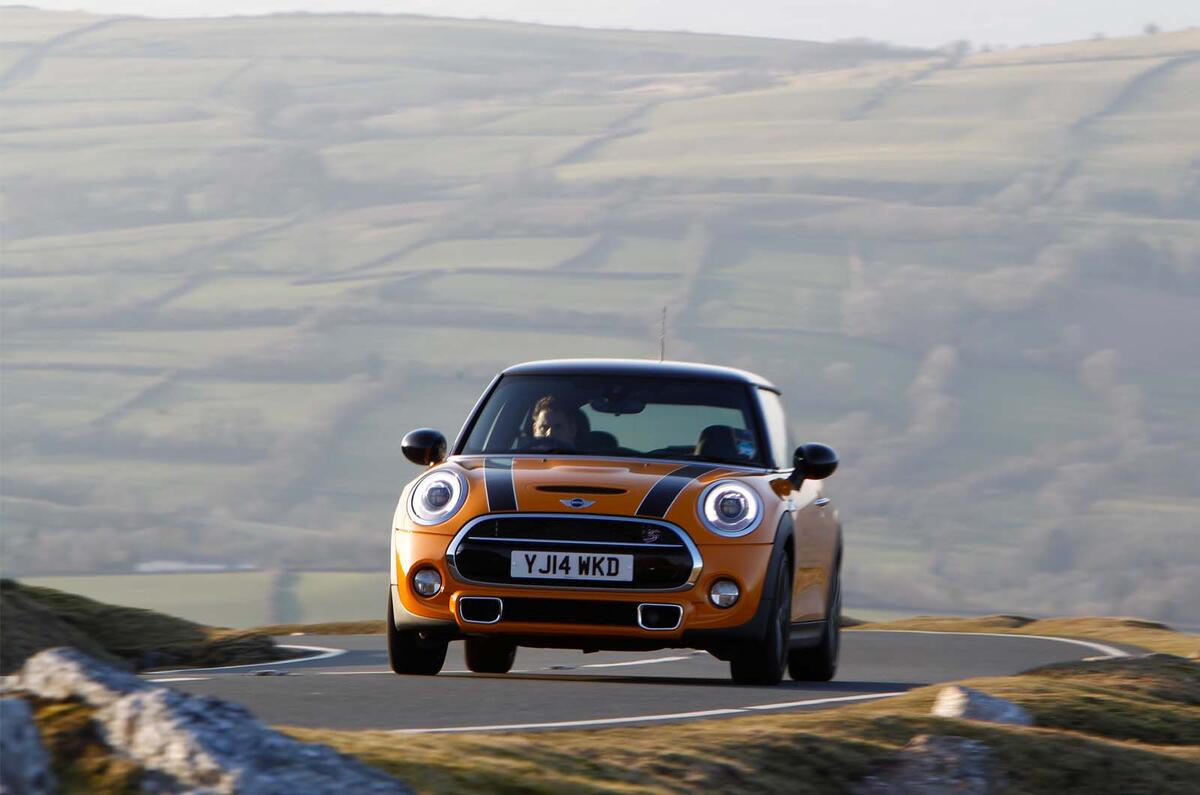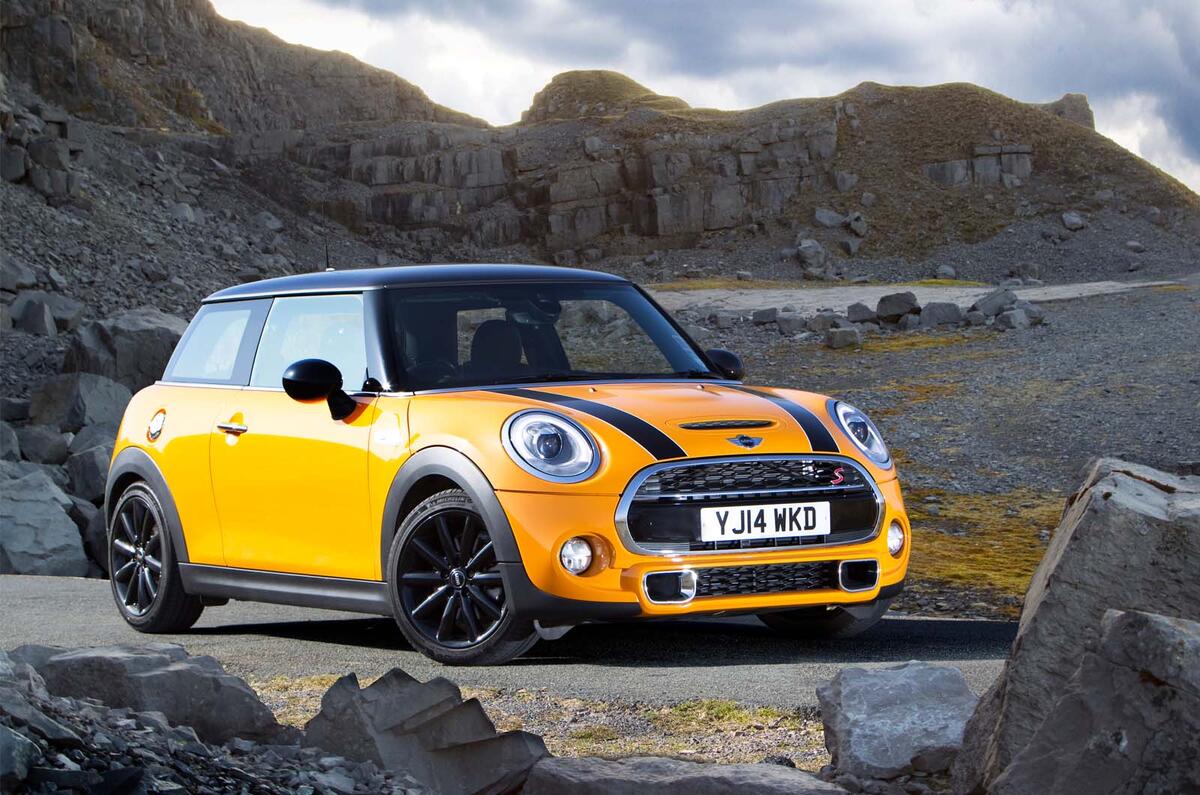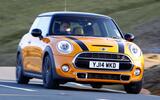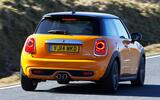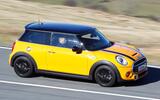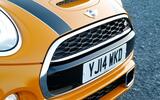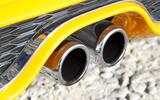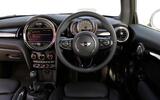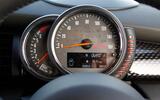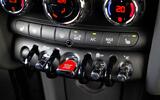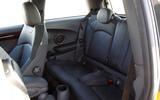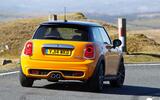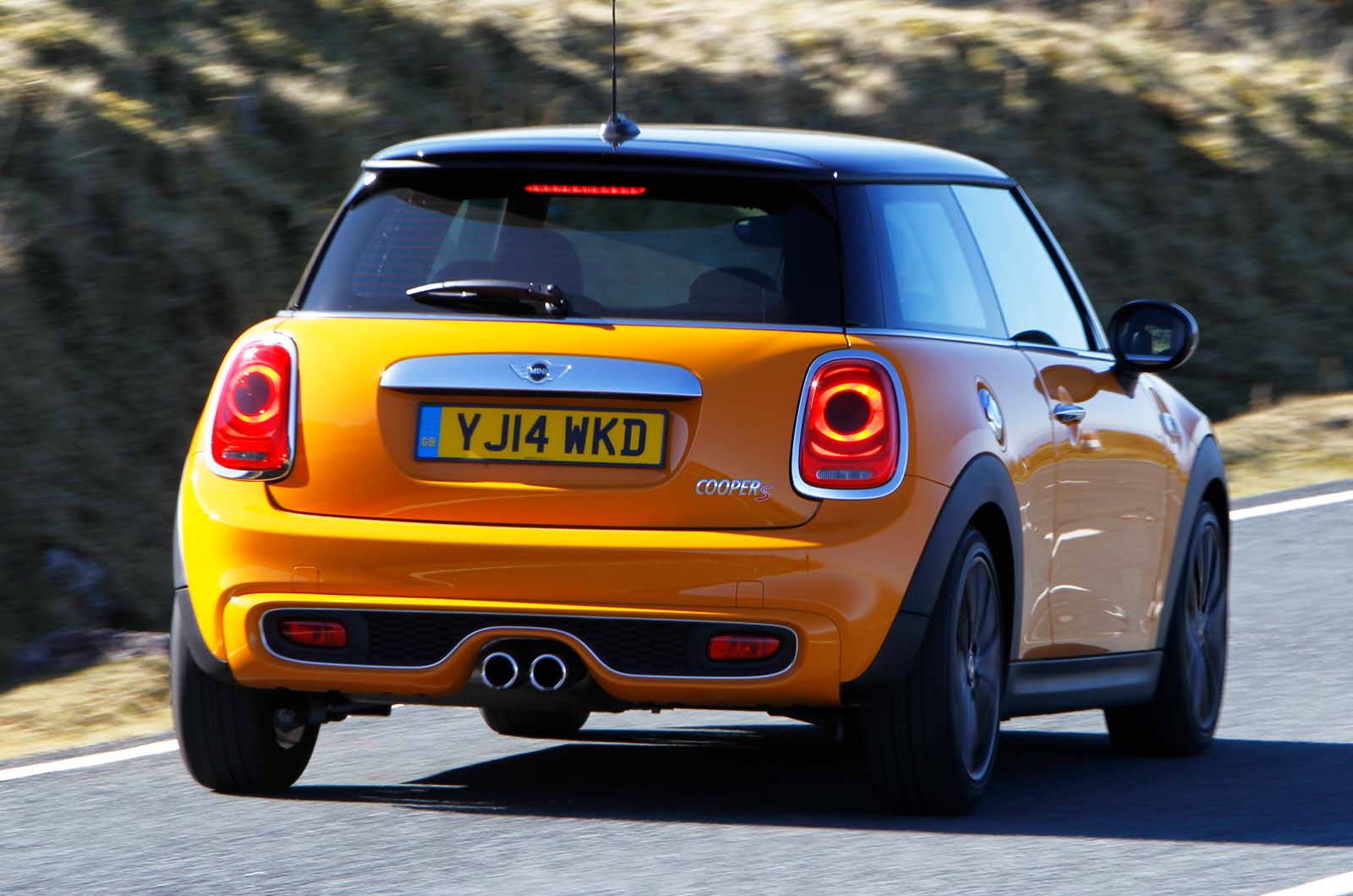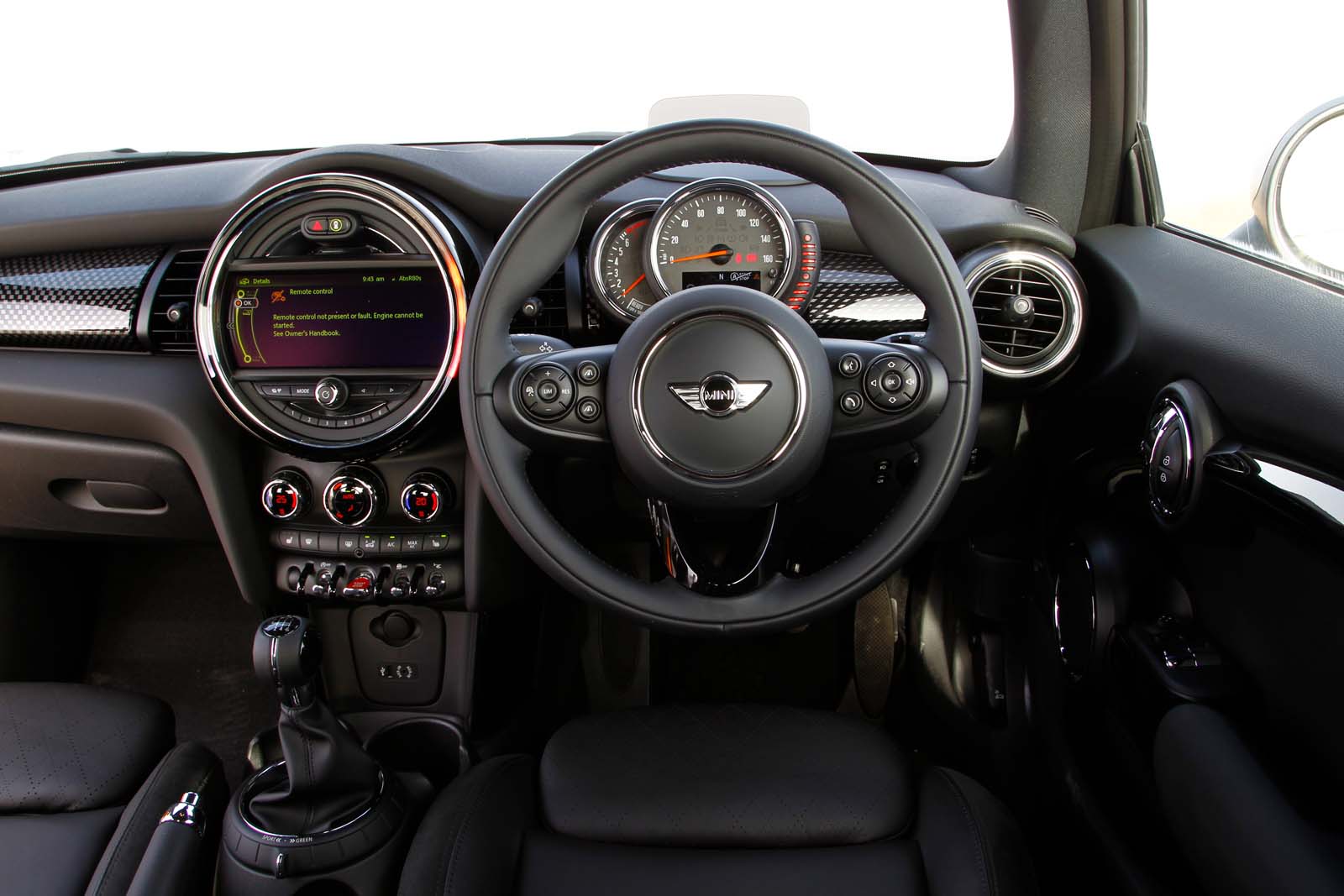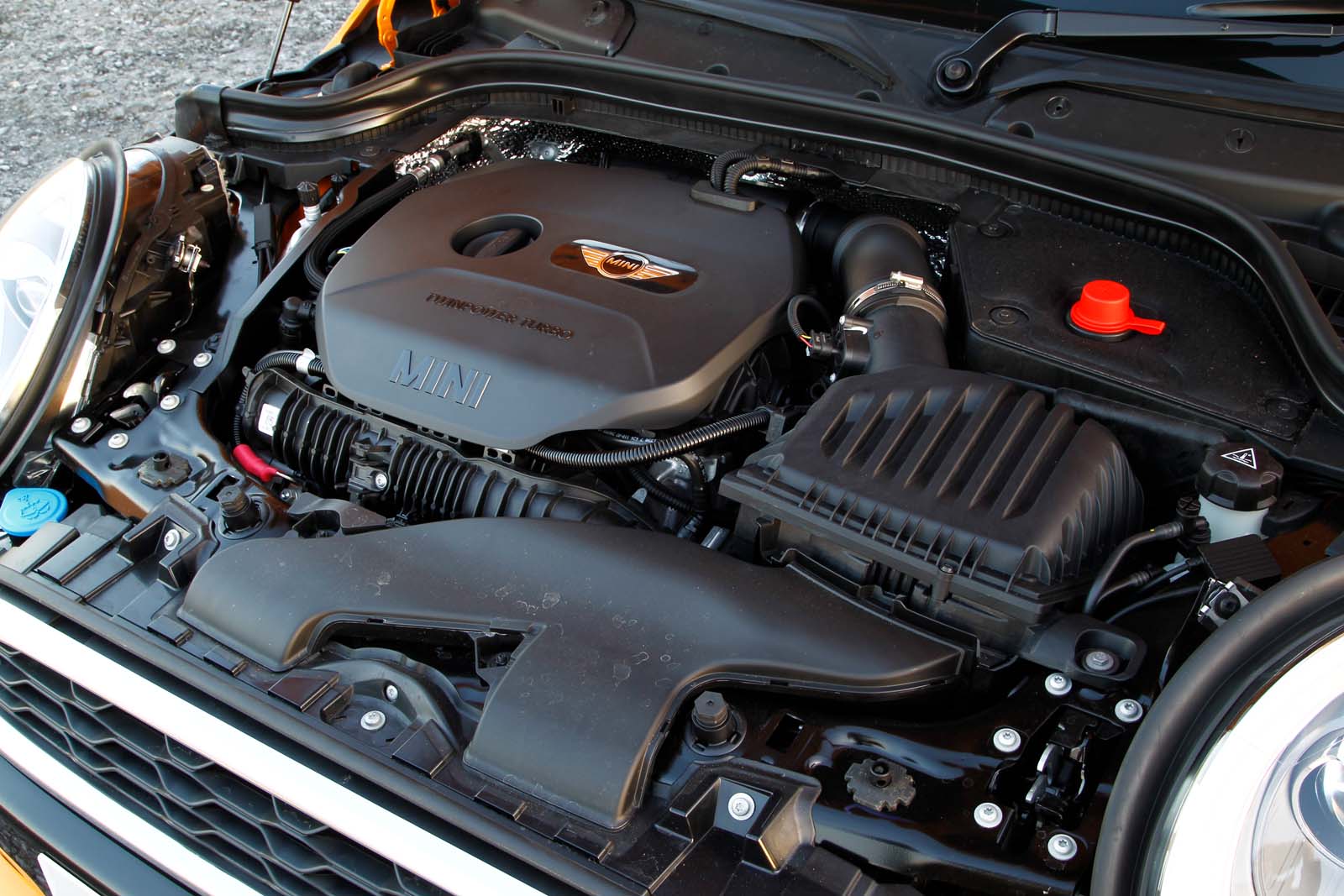With the option of five doors, a pure-electric version and a cleverly packaged platform that maximises interior space, the Mk3 Mini is a charismatic crowd-pleaser.
It is a few centimetres bigger than its predecessor yet still retains all the old-school qualities of agility and compactness that we love in its forebears. And now the new ‘F66’ generation is becoming a common sight after its launch last year, prices for the previous-generation model have tumbled to as low as £2000.
Of course, it’s not as compact as its 1960s namesake, but the F56-gen Mini is ergonomically stronger than its predecessors and has a roomier cabin and boot. Bolstering its appeal is an interior dripping with retro character, greater perceived quality and intuitive technology.
Rear accommodation is still tight, but the five-door version is better and two extra openings make the world of difference. It’s just as refined as the Audi A1 and of a higher quality than the Ford Fiesta.
High levels of grip give you the confidence to chuck it into bends like you’re escaping Turin with the Carabinieri on your tail, and the compliant ride means all the gold you’ve stashed in the boot won’t bang around – especially in cars fitted with the optional adaptive dampers (pretty rare these days).
The nippy Mini One, with its 101bhp 1.2-litre turbocharged three-cylinder petrol, is ideal for urban commuters, but we would aim for the 1.5-litre Cooper, with its more sprightly 134bhp turbo petrol three-pot. It’s the better all-rounder and more entertaining to drive.


